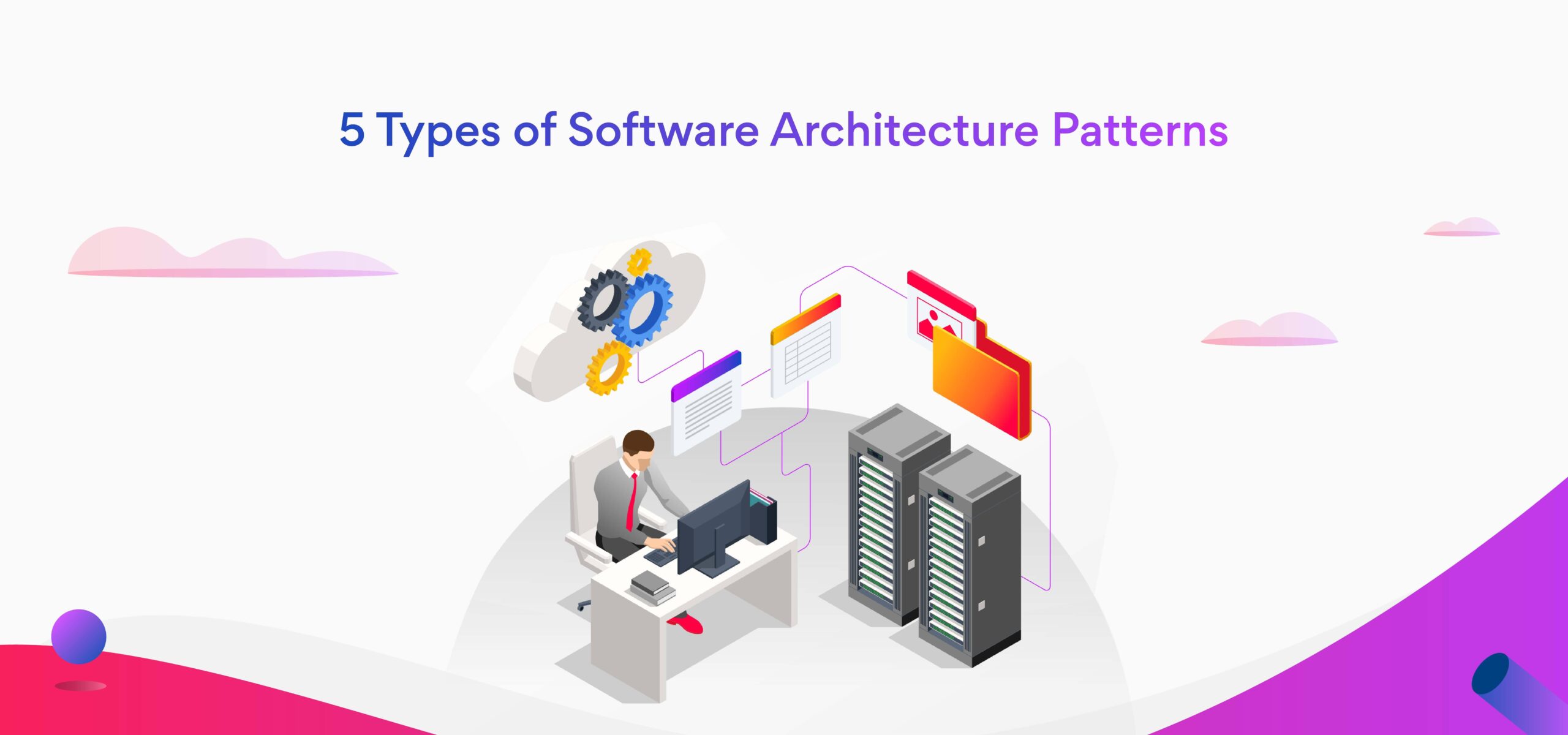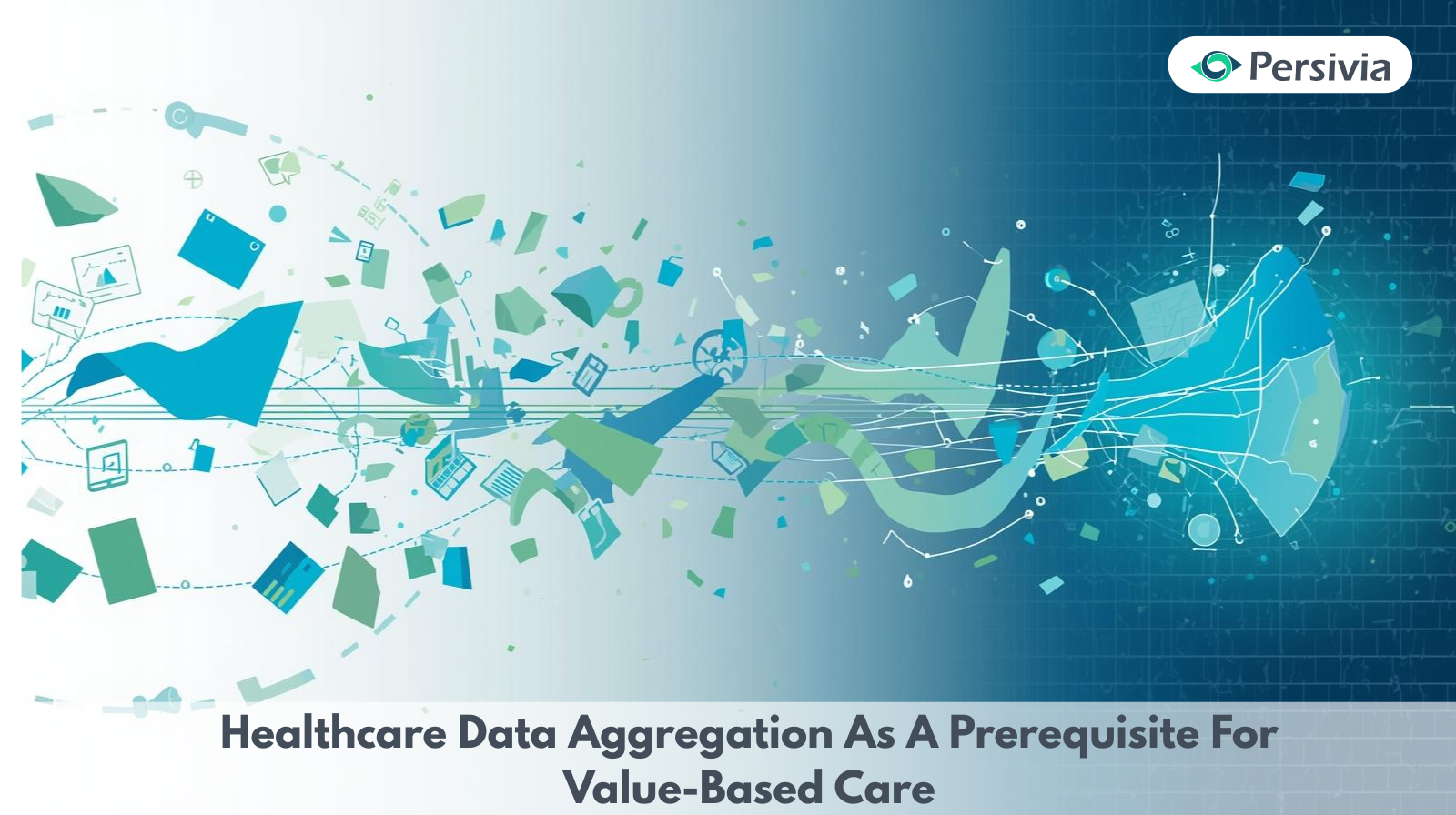Architecture is everything when it comes to making software. Like a building needs a sturdy base, your software needs a well-planned architectural pattern to make sure it can grow, work well, be easy to maintain, and be flexible. Choosing the proper software architecture pattern is very important, whether you’re making a tiny web app or a complicated business system.
We’ll talk about five basic software architecture patterns in this blog, how they function, their benefits and cons, and when to apply each one.
- Layered (N-Tier) Architecture Summary:
This is one of the oldest and most common patterns, and it’s also called n-tier architecture. It breaks the system up into layers, each with its own job. These are usually: presentation, business logic, data access, and database.
For example, web apps made with frameworks like Java Spring Boot or ASP.NET MVC often follow this paradigm.
Advantages: Clear division of responsibilities
Simple to keep up with and test
Good for applications that are all in one piece
Drawbacks: Changes in one layer can affect other layers.
Can get stiff and hard to scale
Best Use Case: Internal corporate apps, monolithic web platforms, and old enterprise systems.
- Microservices Architecture Overview: Microservices architecture splits the application into distinct, separate services that talk to each other through APIs. Every microservice is its own unit and does a specific business job.
For example, e-commerce apps that use different systems for payments, inventory, shipping, and user accounts.
Benefits: Very flexible and scalable
Components can be easily deployed and scaled on their own.
Fault isolation means that if one service fails, the complete app doesn’t crash.
Drawbacks: Hard to keep track of and manage
Needs strong DevOps and orchestration tools, such as Kubernetes
Best Use Case: SaaS products and cloud-native platforms that need to be updated often and on a large scale.
- Architecture Based on Events
In event-driven architecture, the system responds to events or messages. It talks to each other asynchronously via message brokers like Kafka or RabbitMQ, producers, and consumers.
For example, in a financial system, a transaction can cause activities like sending an SMS, updating the ledger, and making a receipt, all of which are done separately.
Benefits: Components that are not tightly linked to one other
The ability to process in real time
Very scalable and able to handle errors
Cons: Debugging and testing can be harder
Planning is important for event management.
Best Use Case: Financial systems, IoT apps, and platforms for real-time analytics.
- Client-Server Architecture Overview: In this classic architecture, the client sends requests and the server processes them and gives back responses. The server hosts, manages, and sends resources, while the client takes care of user interaction.
An example is a desktop email program that talks to an email server.
Advantages: Easy to set up and understand
Control and security from one place
Works well on LANs
Drawbacks: The server is now a single point of failure.
There isn’t much room for growth.
Best Use Case: Email systems, apps for local networks, and solutions for small businesses.
- Architecture for Service-Oriented Systems (SOA)
SOA groups software into a set of reusable services that talk to each other using common protocols like SOAP or REST. SOA, on the other hand, focuses on business processes and governance instead than microservices.
For example, a government site that uses reusable services to connect healthcare, tax systems, and citizen data.
Advantages: Services can be used more than once
Compatibility across platforms
Better control of versions and governance
Drawbacks: It can get too big if there is too much governance.
Not as light or quick as microservices
Best Use Case: Systems at the enterprise level that need to work with many different platforms.
Last Thoughts
The appropriate software architecture pattern can make or ruin your project. Layered design works well for small, monolithic systems. Microservices and event-driven patterns work best in big, fast-changing contexts. For simpler applications, client-server is still useful, and for more complicated, integrated business systems, SOA is still a strong choice.
You can design dependable, scalable, and efficient apps by knowing the strengths and weaknesses of each pattern.




